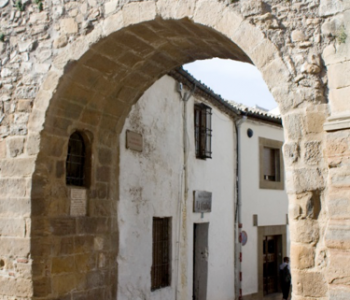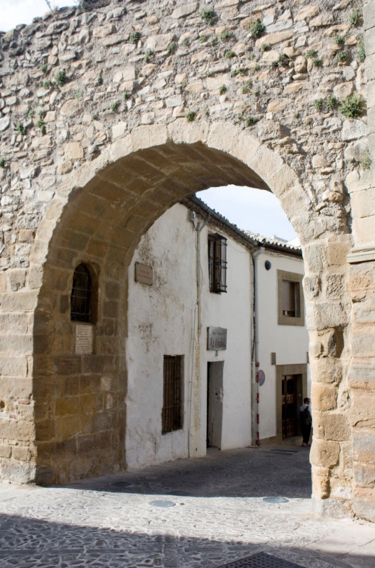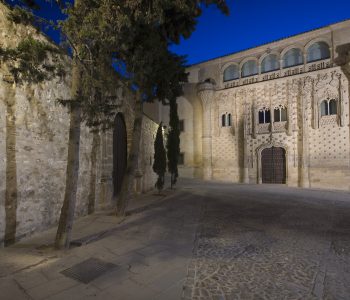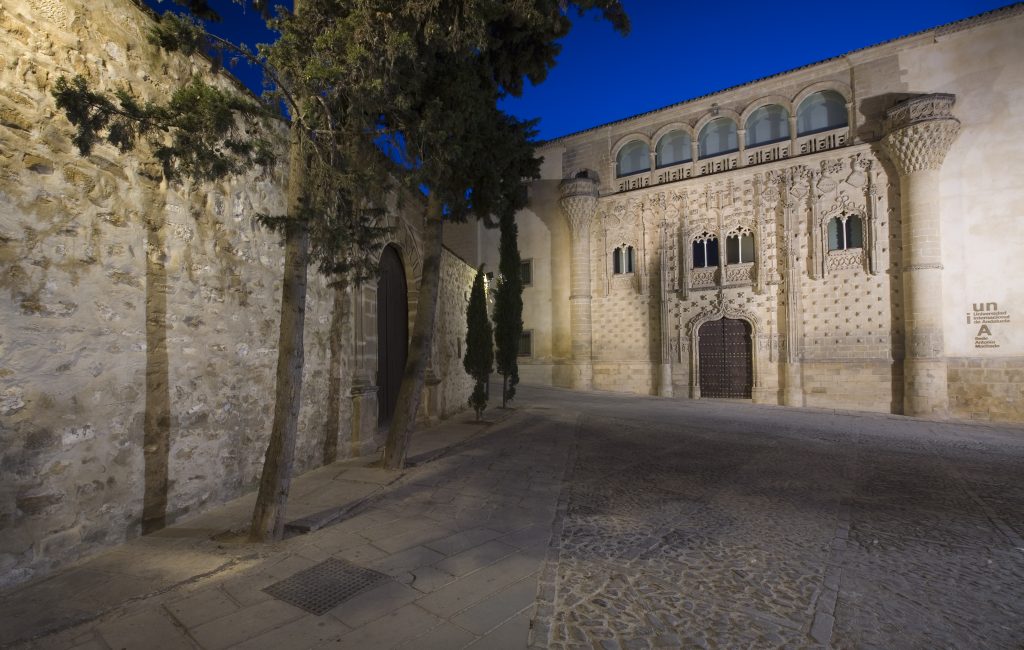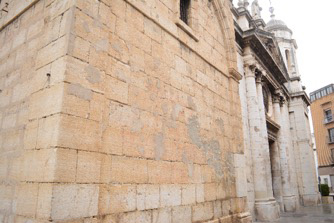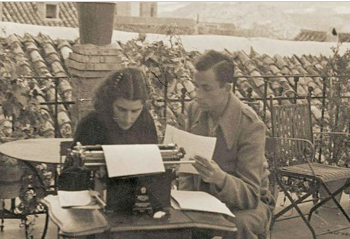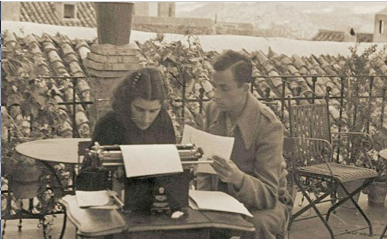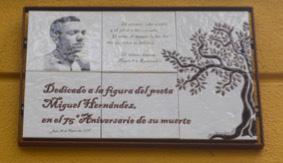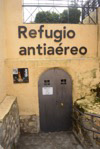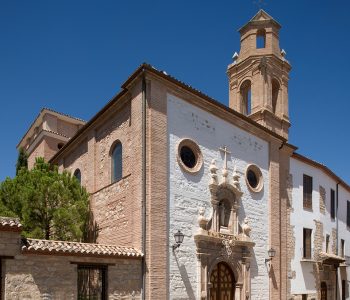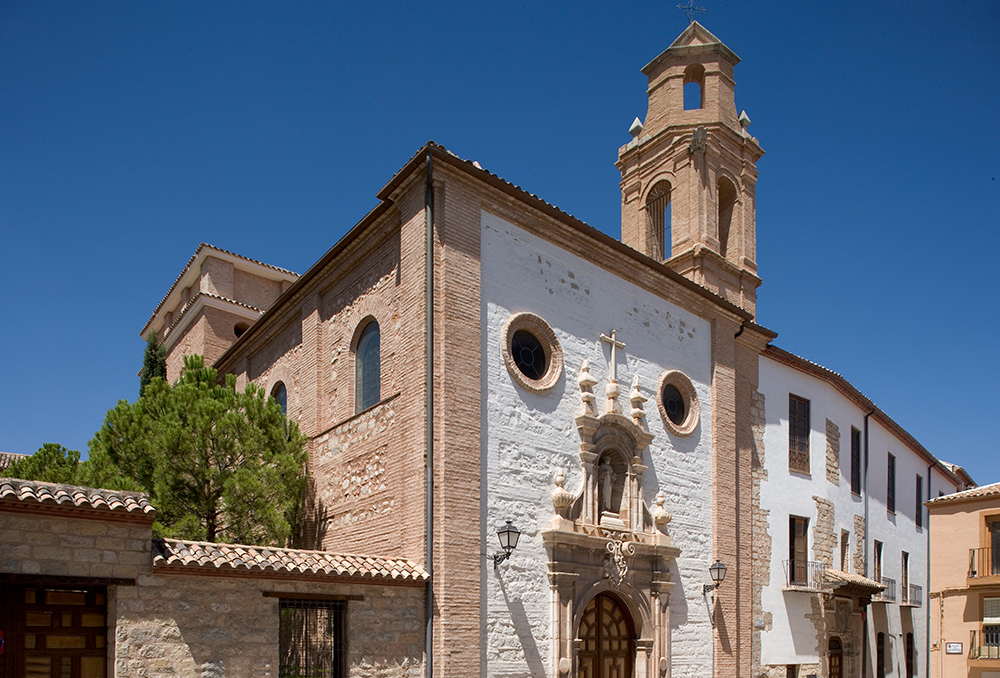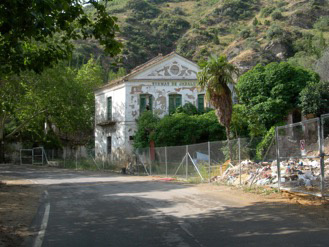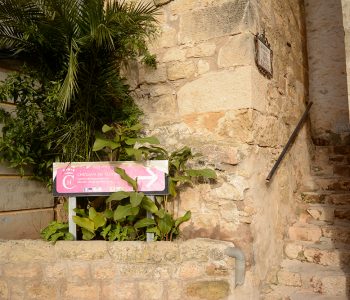
Chiclana de Segura castle, viewpoint

There is no better way to finish the author’s literary route in Chiclana than visiting the remains of the castle.
Located at the highest and most inaccessible point of the town, the castle has been declared an Asset of Cultural Interest since 1985.
Although barely some paintings of its walls, towers, cistern and rooms are preserved, it has one of the greatest panoramic views that can be enjoyed today, reaching up to four different provinces (Ciudad Real, Albacete, Granada and Jaén).
There are also numerous geographical features such as Sierra Morena, Sierra de Segura, Sierra de Alcaraz or Sierra Nevada.
The castle of Chiclana de Segura, of Arab origin and built in the 12th century, stands out above the buildings, which made it almost impregnable at the time of the
Reconquest. A feat that Fernando III achieved around the year 1235. A short time after that he handed over the castle to the Order of Santiago, which turned it into head of the Montizón-Chiclana Assignment and the reason why Jorge Manrique resided in the municipality, being appointed Commander of the Order.
Jorge Manrique himself may have commissioned a series of works in the fortress: “a spiral staircase for a false door, two corbels, a cellar, a cupboard for a bookstore” …
It is plainly obvious that Jorge Manrique refers to this fortress in his poem Castle of Love.
II
(…) named fortress
is in the high alcoves
of a slope,
on a sliced rock,
massive all of love,
very well placed (…).
Without a doubt, it is well worth going to Chiclana de Segura and going up through its narrow and steep streets to enjoy this visual spectacle (it also has a panoramic elevator – the only one in the province – to directly access the upper part of the castle) .
